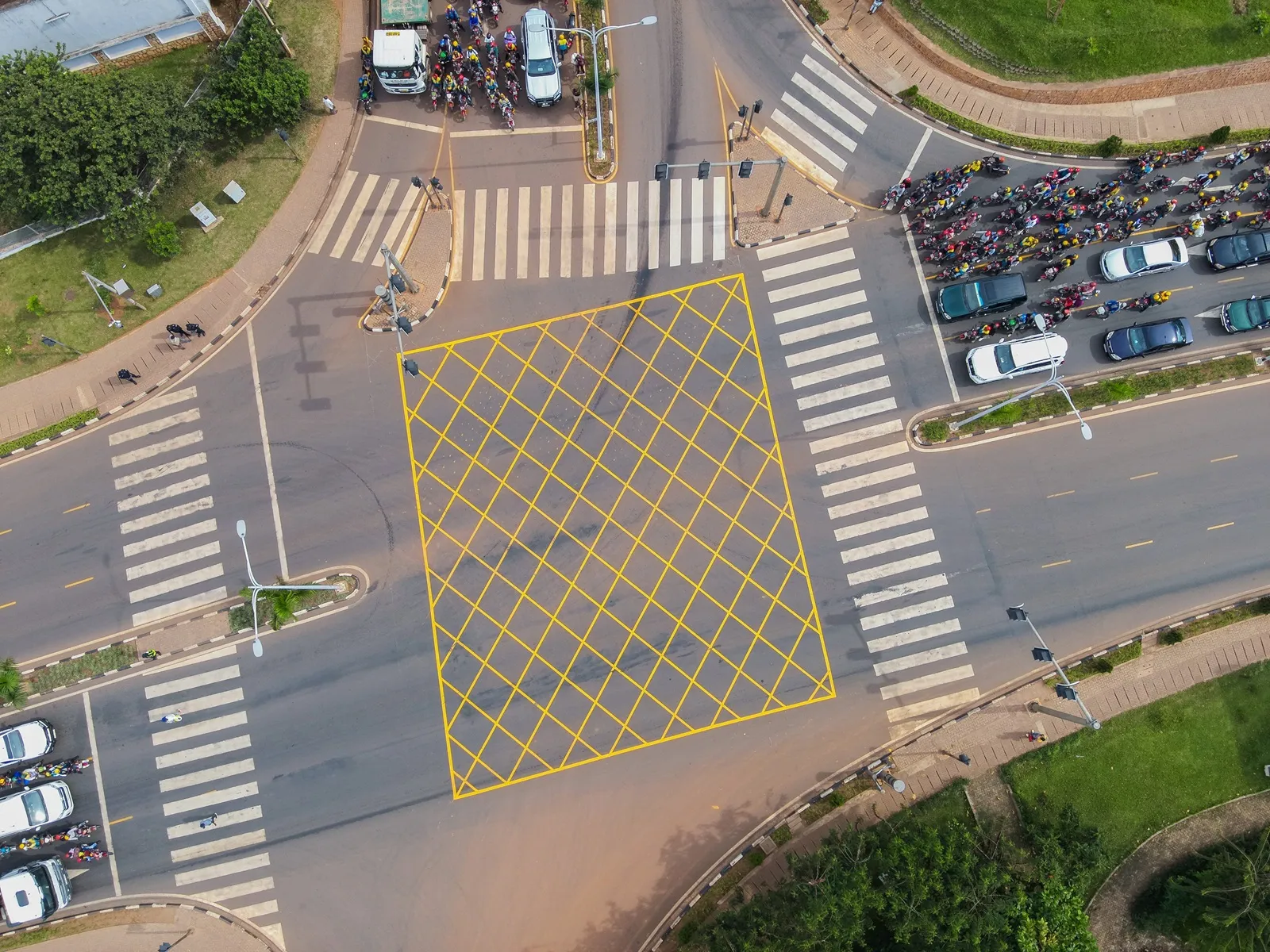Q-Free has received an extension order valued at US$1.9 million from the Swedish transport Administration (Trafikverket) for service and maintenance of the on-going Gothenburg congestion charging project. The order will be delivered within the end of 2017. Congestion charging was introduced in Gothenburg in 2013, with the Stockholm congestion charge as a model. The primary purpose of the congestion tax is to reduce traffic congestion and improve the environmental situation in central Gothenburg and to get f
April 7, 2015
Read time: 1 min
Congestion charging was introduced in Gothenburg in 2013, with the Stockholm congestion charge as a model. The primary purpose of the congestion tax is to reduce traffic congestion and improve the environmental situation in central Gothenburg and to get financing for large road and rail construction projects in and around Gothenburg.
“Q-Free is pleased to receive this extension order from Trafikverket. The congestion charging project in Gothenburg is a signature project for the industry and an important reference for Q-Free,” comments Q-Free CEO, Thomas Falck.









